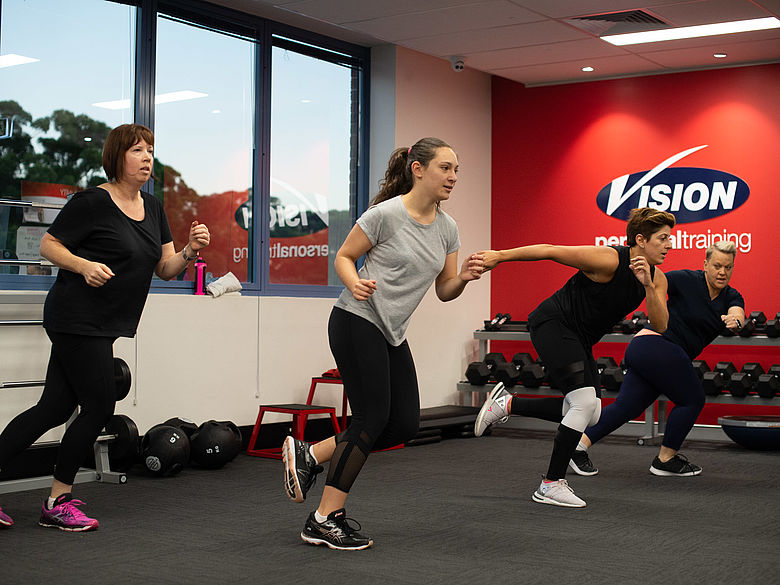Firstly, if you are not aware what interval training is, it is an alternate method to aerobic exercise that has gained vast popularity in recent times. The most common type that you may have heard of is High intensity interval training (HIIT). In HIIT training you combine short bouts (10-30 secs) of high-intensity exercise (>85%intensity) with recovery periods (20-60 secs) at low or moderate intensity (50-75% intensity). Regardless of your gender, age, experience or fitness levels the structure of interval training allows someone to perform at high-intensity for extended periods of time, which activates metabolic pathways that are not usually worked in continuous training. So, what does this mean?
Much of the current and recent research in exercise prescription has looked into the benefits of interval training compared to continuous training. What they have found is that interval training in nearly every metric whether it be fat loss, V02-max (Gold standard measure of aerobic fitness), or reduction in bio-markers (EG. Blood glucose levels, blood pressure) saw superior to equal benefits of continuous training. Though the big difference to note was the time taken to achieve these results. HIIT training requires only 12-20-minute sessions to see improvements in these areas, whilst comparatively continuous training needs to be performed for at least 40-60mins to see relative results. Not only do you have to spend less time training but the effects of training are more rapidly achieved, with people gaining similar results of 6 weeks of HIIT that they would normally get in 10 weeks of continuous training.
This is a major factor when considering how much time you have to exercise in modern day to day life due to the time constrains of work, family and maintaining a social life. 15-20 minutes is all it takes and best of all it fits comfortably in a 30-minute session allowing time for a warm up and a stretch. Also, because interval training is performed at high-intensity there are significant advantages gained not only in your aerobic system, but also your anaerobic capacity which is the system your body uses to induce strong and powerful movements (Sprinting, weights etc). All these adaptations reveal why interval training has been growing in popularity at such a significant rate amongst all populations, whether it be beginners to exercise or athletes trying to go for their personal best interval training is an excellent choice
It is important to note that continuous training is still very good and has its own strengths and the greatest results that have been seen are in people who perform a combination of both types of exercise. So next time you are thinking about going for a run, cycle or doing a cardio session with your trainer give interval training a go, it may just give you that edge to attaining your goals.
*Disclaimer: Individual results vary based on agreed goals. Click here for details.

